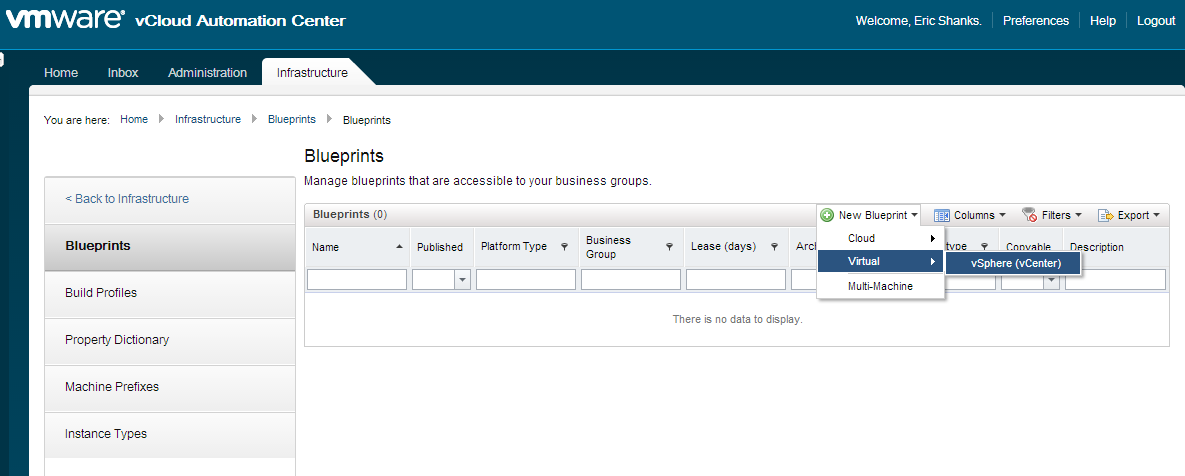
VMware vRealize Install Configure Manage Įxperience working at the command line is helpful.

This course requires completion of the following course:
Use vracli commands, log files, and VMware vRealize® Log Insight™ to troubleshoot vRealize Automation and vRealize Automation deployments.Įxperienced system administrators and system integrators responsible for using the advanced features of vRealize Automation in enterprise deployments. Configure and use ABX actions to create day-2 actions and interface with PowerShell scripts. Configure vRealize Automation to integrate with Puppet. Create and use Ansible playbooks that integrate with vRealize Automation. Use VMware Code Stream™ to integrate vRealize Automation with Kubernetes. Use advanced VMware NSX-TTM Data Center networking features including NAT, routed networks, load balancers, security groups, and tags. Practice troubleshooting techniques with advanced YAML blueprints in vRealize Automation. Use vRealize Automation advanced blueprints to deploy an actual 2-tier DB-Server using MySQL and phpMyAdmin. Create and configure advanced blueprints with complex YAML and cloudConfig. Describe the clustered deployment architecture, including Kubernetes pods and services. Configure security certificates in vRealize Automation from external Certificate Authorities. 

Scale VMware Identity Manager™ to support High Availability.Describe and configure the vRealize Automation in a clustered enterprise deployment using VMware vRealize® Suite Lifecycle Manager™.This course relies heavily on hands-on labs.īy the end of the course, you should be able to meet the following objectives: In this course you go deeper into the advanced features of vRealize Automation to deploy user systems and interface vRealize Automation with other platforms and you learn how to deploy an enterprise-level cluster environment using LCM. This five-day course is a follow-on to the VMware vRealize® Automation™ Install, Configure, Manage course.







 0 kommentar(er)
0 kommentar(er)
